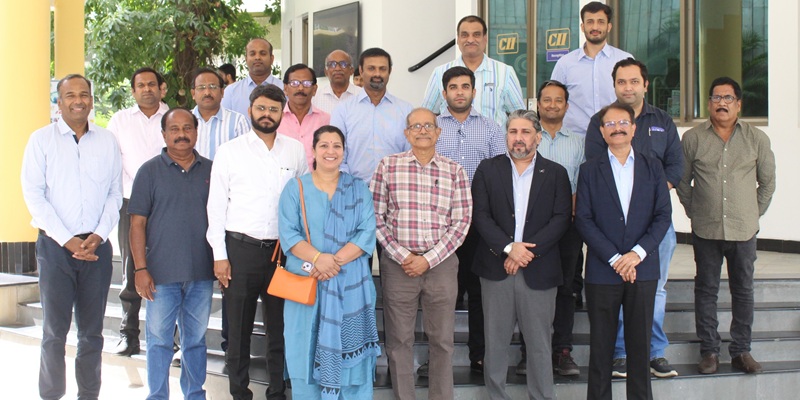Schedule a Call Back
The fundamentals of welding technology
 Articles
Articles- Mar 30,23
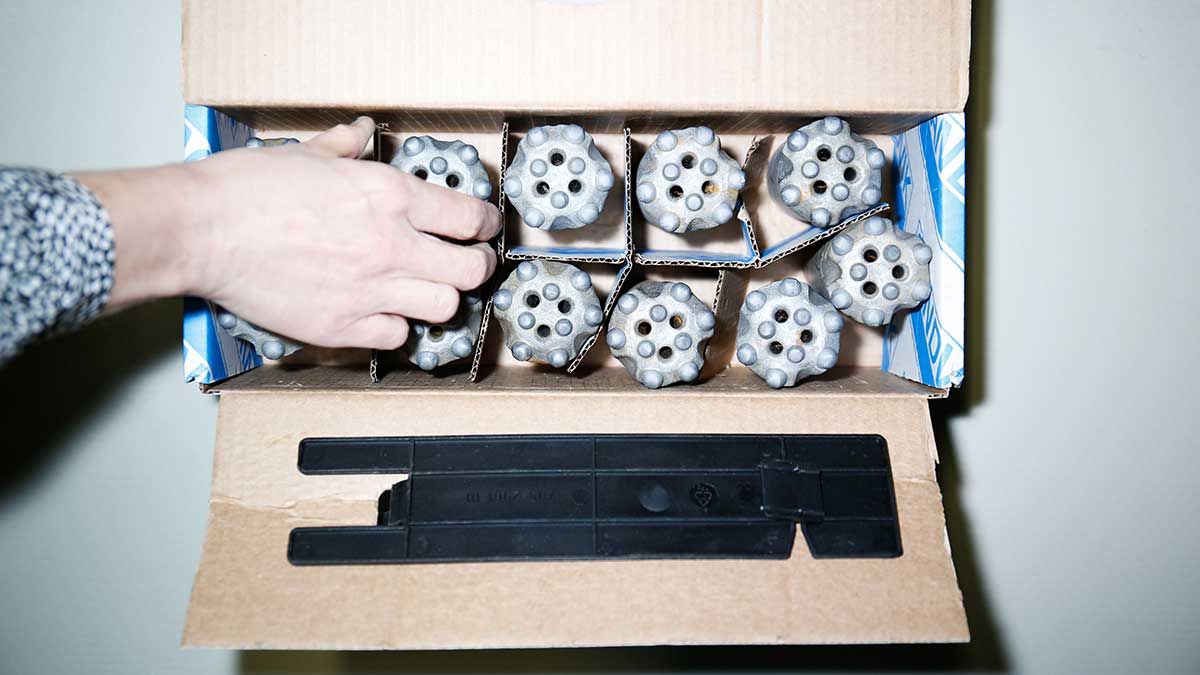
Two or more than two parts of metals are joined permanently or temporarily with each other by the processes such as welding, brazing, soldering and adhesive bonding. Here the joining process of welding is mainly focussed and other processes, brazing and soldering, are just discussed for preliminary information.
Welding is a fabrication process in which two or more than two metal parts are joined together at their contact points permanently by heating or by pressure or by both heating and pressure.
Brazing is used to join dissimilar metals. In this joining process, a filler metal is melted above 450°C but kept below the melting point of the base metal and spread between the contact surfaces of the metals to be joined. The filler metals used are copper and copper alloys; silver alloys; and aluminium alloys. They are applied according to the requirement of the joining. In brazing process, heating is done by torch. Brazing is applied for joining automobile tubes; air conditioning pipes/tubes joining; electrical wires joining; jewellery, etc. Brazed joints are stronger than soldering.
Soldering is quite similar to the brazing but the filler material known as solder is an alloy of tin and lead. Soldered joints are weaker than brazed joints and can be removed easily. Typical applications of soldering are printed circuit boards (PCB), copper, silver, gold parts joining, electrical wires joining, etc.
Welding process
Welding is a very popular and widely used fabrication process in which two or more than two similar metal parts are joined together at their contact points permanently. Welding is an economical way of joining metals as compared to any other methods of joining such as riveting, using nuts & bolts, etc.
Five main classified groups of welding processes (with their sub-groups and process codes in brackets) are:
1. Arc welding sub-groups: i) Gas tungsten arc welding (TIG) or (GTAW); ii) Gas metal arc welding (GMAW) or (MIG); iii) Shielded metal arc welding (SMAW); iv) Submerged arc welding ( SAW); v) Plasma arc welding ( PAW ); and vi) Flux cored arc welding (FCAW)
2. Resistance welding sub-groups: i) Spot welding (RSW); ii) Seam welding (RSEW); iii) Projection welding (RPW); and iv) Resistant butt welding
3. Gas welding sub-groups: i) Oxy-acetylene welding (OAW); ii) Oxy-hydrogen welding (OHW); iii) Air-acetylene welding (AAW); and iv) Pressure gas welding (PGW)
4. Thermo chemical welding sub-groups: i) Thermit welding (TW); ii) Atomic hydrogen welding (AHW)
5. Radiant energy welding sub-groups: i) Electron beam welding (EBW); ii) Laser beam welding (LBW)
There are two types of welding:
1. Fusion or non-pressure welding: In this type, base metal is melted by heating. Some times to strengthen the welded joints, filler metal is also added in the melt of base metal. When filler metal is not added in the molten pool, it is said as autogenous weld (examples: arc welding, resistance welding, gas welding, laser welding, and electron beam welding)
2. Solid state welding or pressure welding: In this, pressure or a combination of heat & pressure is used for joining. No filler is added. This can be called as diffusion welding also.
Arc welding diagram
Electrodes
An electrode is an essential element or the back–bone without which it is next to impossible to carry out a welding process.
A welding electrode/rod is a piece of wire or rod, which can be of metal or of an alloy. It is with or without flux. It carries an electric current to obtain sufficient heat for welding. An electrode also known as a welding rod is used to bond two or more than two base metals. It is a metallic rod that is available in different coatings, diameters and lengths. The length of electrodes may depend on diameter of the core wire ranging from 250 to 450 mm. Electrode wire sizes in mm are 1.6, 2, 2.4, 3.2, 4.8, 5.6, 6.4 & 8 mm. Material includes cast iron ,high carbon steel, low carbon steel and special alloys. An electrode creates an arc when current is passed through it and hence generates heat to melt the base metal.
There are two types of electrodes/welding rods: consumable electrodes and non-consumable electrodes.
Consumable electrodes are consumed during the welding process and added to the weld joint as a filler metal. Consumable electrodes are used for MIG (metal inert gas) and for SMAW (shielded metal arc welding). SMAW is also known as stick weld rods.
Consumable electrodes are of two types: bare type electrodes and coated type electrodes.
Bare type electrodes have no covering and are rarely used when coated electrodes are not required.
Coated electrodes are available in light coated; medium coated and high coated. Categories light, medium and high are decided on the basis of coating factor (ratio of coating diameter to the core wire diameter). Among the three categories, medium coated electrodes are mostly preferred.
Non-consumable electrodes do not melt or consume during welding process because of the use of high melting point material. They are used for TIG (Tungsten inert gas). Tungsten electrodes are identified by 4 colours: Green colour indicates pure Tungsten; Yellow means electrode with 1% Thorium; Red colour means electrode with 2% Thorium; and Brown means electrode with 0.3 – 0.5% Zirconium.
Standards for welding electrodes
Electrodes are manufactured according to the standards of the relevant countries. American standard (AWS-SFA 5.1); British standard (BS-639 -1976); Indian standard (IS:815 -1974); ISO standard 2560-1973; and German standard DIN-1913.1.1913 are more popular.Maximum electrodes (welding sticks) available in the market are based on AWS standard. Electrodes in AWS system are identified by an alpha-numeric code number printed on them. Electrodes code numbers E6010; E6011; E 6012; E6013; E7018; E7024 are most commonly used. Electrode code number completely defines the technical features such as tensile strength in thousands of pounds per sq inch (psi), suitability of position for welding (flat, vertical, horizontal, overhead), type of coating and polarity and flux composition of current AC/DC.
For example, in electrode number E6013, “E” letter denotes electrode. The next two digits after E, i.e. “60”, indicate tensile strength of an electrode in thousands psi. That means the tensile stress of the electrode is 60x1000 = 60000 psi. Third digit “1” means the electrode is suitable for welding in flat, horizontal and vertical position. The fourth digit “3” indicates the type of current and coating; that means the electrode is composed of high titanium potassium with suitable AC and DC current. Codifications of positions, and current & coatings are shown in Table 1 & Table 2, respectively.
Electrode selection
Stick electrodes are available in a wide range of types. Each type is having different mechanical properties, type of welding power sources etc. Hence, they are to be selected carefully considering few important considerations, as given below, for a successful welding:
Popularly used AWS welding electrodes and their characteristics
E 6010, E 6011, E6012, E6013, E7014, E7018, E7024 are popularly used welding electrodes for ferrous welding applications.
Types of Welding Joints
A welding joint is an arrangement or configuration of two metal plates that will fit tightly together. AWS (American welding society) based on the styles of assembling or joining two plates classifies five types of welding joints: butt joint, lap joint, edge joint, tee joint, and corner joint.
1. Butt joint: This type of joint is formed by placing together two plates of equal thicknesses end-to-end in the same plane keeping a suitable gap between the ends for filling the welding
Figure 1
As
shown in Figure 2,
there are many ways to form a butt joint welding.
Figure 2: Many ways to form butt joint welding
2. Lap joint: This type of joint is formed by keeping some edge portion of one metal plate over the other edge of the second plate in overlapping position
.Figure 3: Lap joint
3. Edge joint welding: In this type, metal surfaces of both plates are placed together so as to match the edges for welding. Square grooves, bevel grooves, V grooves, J grooves are possible for deep penetration welding (refer Figure 4).
Figure 4: Edge joint welding
4. T–joint welding: This joint forms when two metal plates are arranged with each other making a 90 degree tee shape at the centre. The joint gives good mechanical properties when welded from sides. Generally fillet welding is done on both sides for a strong jointing (refer Figure 5).
Figure 5: T–joint welding
5. Corner joint welding: This jointing is almost similar to T joint except the difference is that the two plates are welded at 90 degrees but at the off centre - not in the centre but at any place on the surface of the matching plate. The joint shape is alphabet “L” (refer Figure 6).
Figure 6: Corner joint welding
Welding symbols
Welding symbols on an engineering drawing are a graphical way of conveying information about a welding joint. Welding symbols are widely used in engineering drawings to explain essential information to the shop floor people about the final welded part. Type of welding joint, size of weld, position of welding, type of welding etc. are well defined in the drawing.
Figure 7: Standard location of elements of welding symbols
Welding polarity
A welding machine is the source of producing electrical power for welding work. It produces DC (direct current) and AC (alternating current). The electrical circuits have either positive and negative poles .This property of circuit is termed as polarity. DC current flows in one direction, which gives constant polarity. AC current wave is sinusoidal (sine wave) that means AC current wave flows half time in one direction and half time in the other direction changing its polarity 120 times per second with a 60 hertz current.
It is of utmost importance to know the effects of polarity in welding process. Electrodes “positive” (reversed polarity) welding results in deeper penetration and electrodes “negative” (straight polarity) increases in faster melt-off the electrode and faster deposition rate. Deposition rate means the amount of filler metal melted into the weld joint.
DC welding is beneficial in SMAW (shielded metal arc welding). It allows to strike the stable arc easily and smoothly.
There are three types of polarities.
1. DC straight polarity: Base plate is made positive and the electrode negative while welding
2. DC reverse polarity: Electrode positive and the base plate negative while welding.
3. AC polarity: In AC current, reverse and straight polarity will take place one after the other that means for half cycle, base plate positive and electrode negatives. In the other half cycle, base plate is negative and electrode positive.
Selecting polarity: Melting point and thickness of the material are the main criteria. Materials such as magnesium, aluminium have low melting point; hence, preferable for reverse polarity. Stainless steel and titanium are better for AC polarity.
Defects in gas and arc welding: Bad welding workmanship or use of defective electrodes causes welded joints to become weak in desired strength and withstand the desired load. Defects in welding are of two types: external defects and internal defects. External defects such as undercuts; cracks; blow holes and porosity; slag inclusions; melting of plate at the edges; excessive convexity/oversized weld; excessive concavity/insufficient throat thickness; Incomplete root penetration; excessive root penetration, etc, come in this category. They are visible by naked eyes. Internal defects such as cracks; blow holes and porosity; slag inclusions; lack of fusion; internal stresses/restrained joints, etc come in this category. They are invisible apparently. Table 3 indicates some of the important defects & their causes.
Summing up
This article presented, in brief, the different important aspects of the welding technology. The science of welding is very vast and the article envisages the fundamentals of day to day practices in welding.
About the author:
The article was compiled by Prabhakar T Vidwans of Mangalmurty Techno Slides, which supplies books for engineering on subjects like mechanical engineering, plastics and rubbers. He can be reached on Mob: +91 94291 32286, and Email: charts.mts@gmail.com
Related Stories
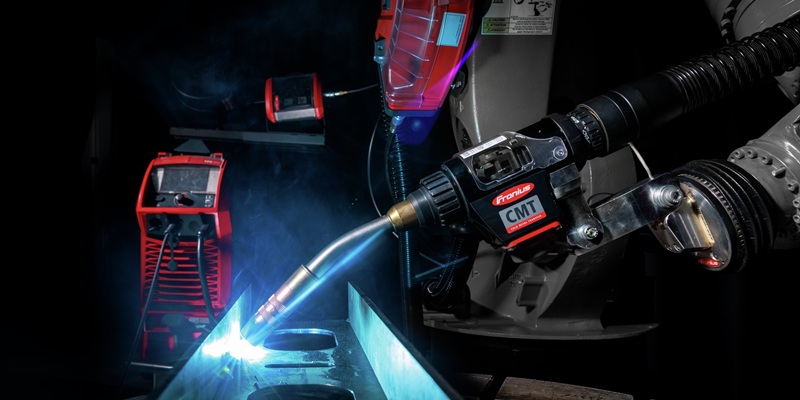
Fronius marks 20 years of Cold Metal Transfer welding technology
Cold Metal Transfer (CMT) is a breakthrough welding process delivering unmatched precision, stability, and versatility across industries like automotive and aerospace.
Read more
How cobots can be used to attract more young talent to welding
Though welding is a vital joining process in the metalworking industry, the number of young people taking up this profession continues to decline. Can cobots attract more young talent to welding?
Read more
Enhance semiconductor manufacturing with photonic crystal technology
Photonic crystal lasers, which are widely used in microfabrication and nanofabrication nowadays, are ideal for modern production applications because of their powerful, precise beams, says Emily New..
Read moreRelated Products
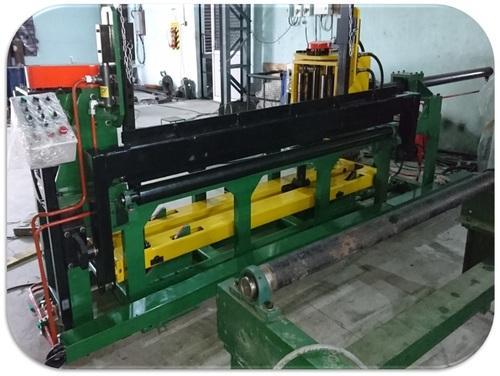
Tack Welding Machine
Invent Weld
Automation offers a wide series of tack welding machines.
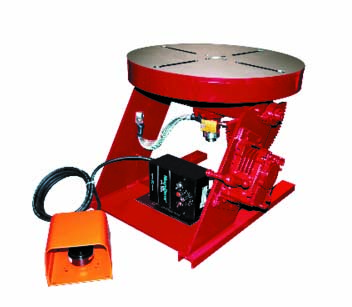
Bench Welding Positioner
Toss Weldtronics
offers a wide range of bench welding positioners.
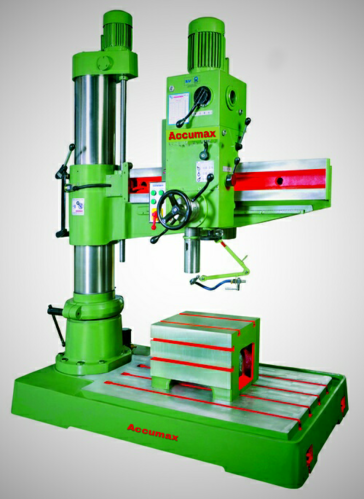
Radial Drilling Machines
Technomech Machine Tools offers a wide range of all geared radial drilling machines. Read more






